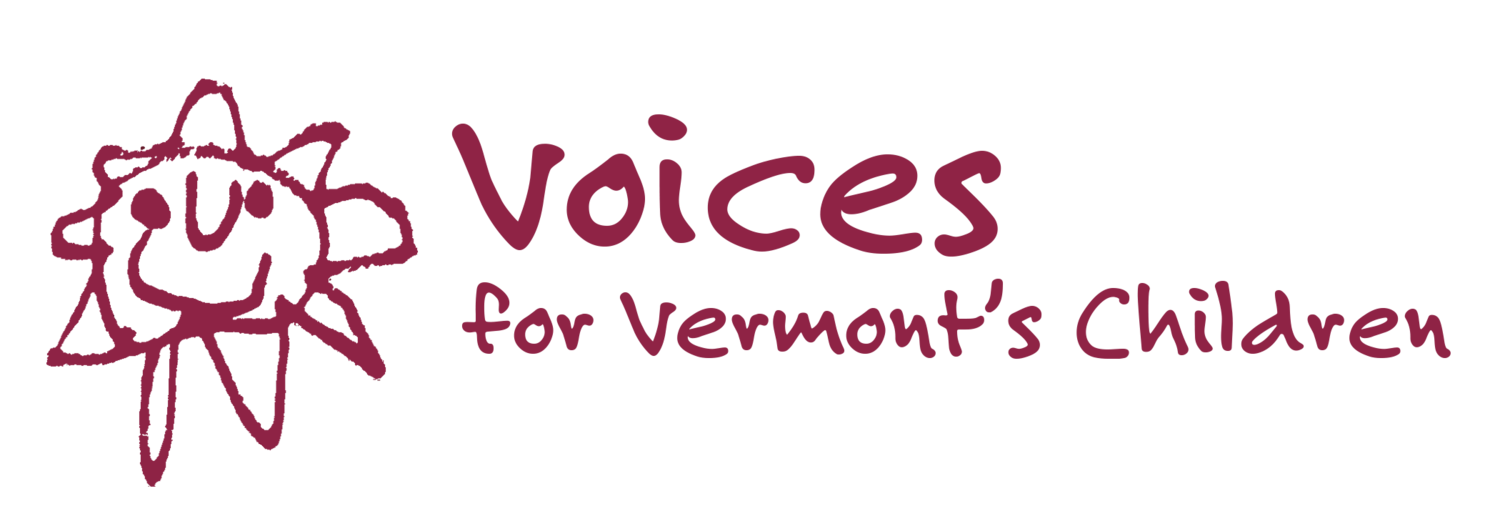Burlington Free Press, Editorial: Commit to Fight Childhood Poverty
The widening wealth gap in post-recession America should go a long way toward explaining why Vermont — and the United States — continues to see so many children living in poverty.
Even as the economy recovers, the wealthiest collect the vast majority of the fruits of prosperity. Rising stock prices and corporate profits have done little to improve the lot of those on the lower rungs of the economy who are barely keeping up or falling further behind.
The state must do what it can to counter the enormous economic forces working against the poor. Vermont needs a more consistent effort to support “the most vulnerable,” one of the key platforms of Peter Shumlin’s first run for governor in 2010.
A first step would be to stop allowing the gains in support for low-income Vermonters of one year to fall victim to the inevitable budget cuts the following year.
Researchers have found a correlation between a family’s income, as well as the parent’s education level, with early childhood development. The difference shows up in areas such as language and reading skills. That means children from lower-income families are more likely to start life with a disadvantage in school, a fact that can ripple throughout a person’s life.
In a Jan. 27 op-ed for the New York Time, Justin Wolfers, an economics professor at the University of Michigan, writes that Internal Revenue Service income data shows that the average for 2012-2013 “supports the narrative that the economic recovery so far has only boosted the incomes of the rich, and it has yielded no improvement for the bottom 99 percent.”
The annual Kids Count report released Tuesday, which covers 2013, gives the first glimpse of the state of child welfare since the economy emerged from the Great Recession, according to Laura Speer, who leads the Kids Count project for the Annie E. Casey Foundation.
The report shows just over 15 percent of Vermont’s children — up from 13 percent in 2008 — live in households with incomes below the federal poverty line. The 2013 number translates to about 2,000 more children living in poverty than in 2008, and bodes ill for the state’s target set by lawmakers to halve the rate of childhood poverty by 2017.
Simple logic says that if the money were more evenly distributed among all families, fewer children would be living in poverty.
The often-used idiom “a rising tide lifts all boats” fails to describe the reality at the lower rungs of the economic ladder. Life for those living in poverty is more like an endless journey on an ocean liner with those traveling in steerage forever trapped below the waterline regardless of how high the water may rise.
By providing support and creating opportunities, Vermont gives children a chance to do better than they might have otherwise, with the big payoff coming in the next generation.
That’s a true investment.
Join the conversation online at BurlingtonFreePress.com or send a letter to the editor to letters@freepressmedia.com. Contact Aki Soga at asoga@freepressmedia.com. Follow him on Twitter at @asoga.
